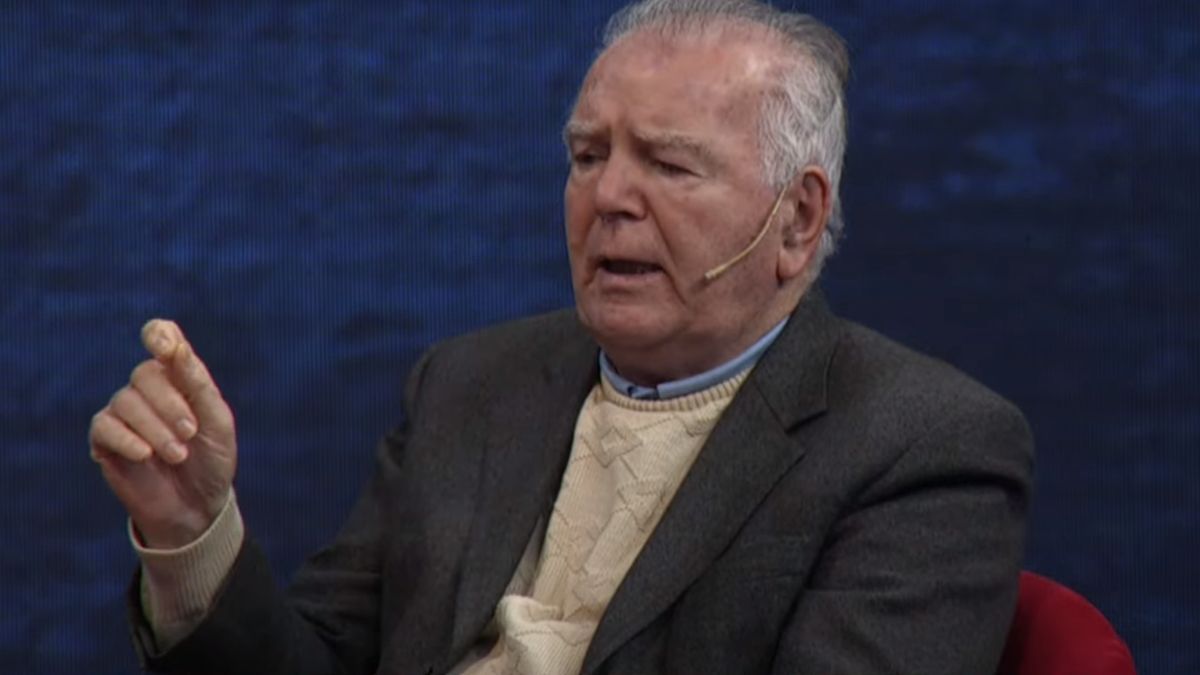One of the most listened to the City of the City talked about what can happen if the stock is lifted and warned about the dollar and a possible impact on inflation.
The economist Orlando Ferreresrecognized for his analysis on macroeconomic issues, shared his perspective on the behavior of inflation and the dollar in 2025. The outstanding consultant said the exit of the output exchange rateplanned for after the October elections, could generate an increase in the exchange rate that can be transferred to prices.
The content you want to access is exclusive to subscribers.
Projected inflation and future risks
In that line, Ferreres estimated that annual inflation will be around the 26%a fact that contrasts with the official goal of 18.1%. And it warned that this price adjustment It would be linked to the consequences of lifting exchange restrictions. This could involve a jump from the dollar to reach a “equilibrium parity.”


“The outflow could release the exchange rate, generating an impact on prices. However, this increase would be controllable thanks to the reserves accumulated by negotiations with the International Monetary Fund (IMF) and international banks, ”Ferreres explained.
The dollar and its equilibrium parity
In his analysis, the economist indicated that The government seems to avoid an exchange rate based on the “theoretical equilibrium parity”, which would be around $ 1,619 in January. On the other hand, it considered more feasible a value calculated on the basis of the real exchange rate with the United States, adjusted by different historical scenarios and averages, which could be close to the $ 1,050.
Ferreres warned that a higher exchange rate is essential for competitiveness, although he acknowledged that the Government will seek to avoid extreme volatilities in the exchange market.
Perspectives towards the closing of the year
The scenario raised emphasizes that, although the crawling PE is down and some taxes such as the COUNTRYexchange deregulation in a context of accumulation of reserves will be key to containing an eventual inflation registration.
Specialists agree that, To manage properly, this process could lay the foundations for a long -term macroeconomic stabilizationalthough structural challenges persist.
Source: Ambito




